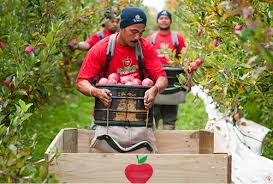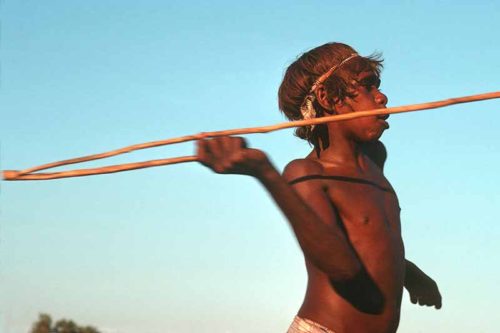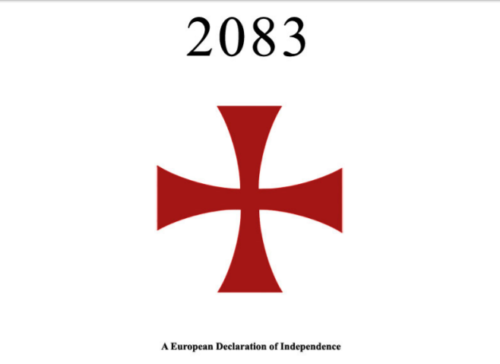
The forces pushing for mass immigration in recent decades have been an alliance of both the left and the right, which is why the West has seen so much of it, despite that it often has clearly negative effects for the locals. Some people don’t seem to fully understand that, when agitating for mass immigration, the forces in favour of it have got no interest whatsoever in the effect of that immigration on the quality of life of the locals. This essay looks at why.
Western conservatives are not only terrified of being seen to oppose immigration lest they be confused with the racial conservatives who lost World War II, but they are more than happy to open the floodgates to mass immigration for economic reasons.
First among those economic reasons is that mass immigration destroys the existing bonds of solidarity among the native population, which works to divide and conquer them and make them ripe for wage exploitation. Western conservatives know that Westerners are too afraid to protest the importation of low-skilled workers from outside the country lest they be seen as racist, even when that same importation is undermining their labour power and thereby sharply lowering their quality of life.
It’s obviously much harder to start a union when much of the workforce doesn’t speak English, or if they’re here on temporary visas, or if they’re from a cultural tradition that has little idea of worker’s rights (which is most of them). So the wealthy know that by opening the floodgates to the whole world they can smash the sentiments that prevent workers from selling each other out as cheaply as possible.
Second among these economic reasons, but no less important, is that mass immigration drives up the value of investment property, which a large proportion of Western conservatives hold. In so far as the value of any given piece of land is a function of the amount of money willing to bid to own it, it’s mathematically obvious that opening the borders to all and sundry will remove previous restrictions on demand, thereby driving it up – alongside the price of the property.
After all, no-one is making more land, so the supply of land in New Zealand is a constant. By letting in a few extra million people, the wealthy can stimulate demand which pushes the price of that land up.
Which is great if you’re in the minority that already holds land, and terrible if you’re in the majority that doesn’t.
This reason, incidentally, is why the population will never be allowed to fall, and why it has not been allowed to fall in Western European countries where the birthrate has been below replacement level for a number of generations. Economic reasons mean that the rich will simply force their puppets in Parliament to maintain the price of their land holdings by opening the borders.
This is why the population of France has not decreased in several decades, despite that native French women have had a below replacement level birthrate for over a century now. The French elites would rather import foreigners to replace the missing locals than allow their property values to decline with a falling population – and the same is now true of Britain, Spain, Italy and Germany.
After all, if you’re in the top 1%, then it doesn’t matter if the average goes down as long as inequality rises by enough to compensate, because rising inequality will see the top 1% cream more and more of it. Selling your countrymen out for shekels might lower the standard of living of the nation, but it won’t lower yours (until enough other people do it of course, but the hope is that this point is never reached).
Western liberals, for their own reasons, are also more than happy to open the floodgates to mass immigration.
One reason is that these liberals do not generally live in the same neighbourhoods that are affected by mass immigration and the crime that comes with it. So the negative side of agitating for mass immigration is not considered to outweigh the positive side of virtue signalling one’s good will towards poor foreigners.
Another reason is that they are ideologically opposed to national bonds for the reasons that these are impediments to a global communist state. The sharper the lines are around who counts as a Kiwi and who doesn’t count as Kiwi, the more difficult it is to subsume New Zealand into the global communist consciousness.
None of this is to argue that immigration is a bad thing or that it should be stopped. But it’s clear that the National Party has lost control of the immigration system above and beyond the desire to keep wages low and house prices high. The wishes of the people who already live in New Zealand, and who have inherited a sense of guardianship over the land, is not respected and the effect of this immigration on their quality of life not considered.
Ultimately, the New Zealand immigration system needs to be run according to the philosophy that the New Zealand population as a whole are to be the beneficiaries of the fact that this is a nicer place to live than most of the rest of the world. Not right-wing special interests who want cheap labour for the sake of maximum profits or left-wing special interests who want the destruction of social coherency for the sake of maximum control.



